On 25 May 2022 the Passchendaele Museum launched, an online geoportal, "Names in the Landscape", with the support of the Flemish Government and Library and Archives Canada. This online portal shows where more than 1,400 Canadians who fell in combat were killed or presumably buried. By adding personal and military data, the museum wants to preserve and unlock these stories. Everyone can contribute by sharing information on the portal.
Names in the Landscape brings Canadian personal stories online
With 'Names in the Landscape', the Passchendaele Museum wants to give a tangible place in the landscape to as many as possible of the 6.928 missing Canadians whose names are engraved on the Menin Gate.. With the help of volunteers of the Genootschap Passchendaele Society 1917, the museum digitised and inventoried the details of these Canadians through the online sources of Library and Archives Canada. The result is an online geoportal where everyone can find information about which missing Canadians have been given an initial burial or death place.. Every visitor can add information, stories, anecdotes or photographs of a soldier and contribute to an online platform for relatives, interested individuals, museums, etc. via
www.passchendaele.be.
Online and active participation
The Passchendaele Museum is not just calling for information to be shared online. For years, the museum has prided itself on sending its visitors out into the countryside via various hiking and cycling routes. For 'Names in the Landscape' this can be done via three hiking loops: the 1917 Passchendaele Route (8 km, 7 km or 6 km), the 1916 Zillebeke Route (7.5 km) and the 1915 St. Julien Route (5 km). The loops tell the story of the Canadian men who lost their lives along every road, on every corner. With these walking routes the museum, as an 'open museum', also wants to create a stronger link between the historical facts and the landscape.
“With 'Names in the landscape' we want to strengthen the role of the landscape as a last witness. The project gives descendants of relatives with no known grave the opportunity to look up the location where the soldier died or was presumably buried. But we also want to encourage local people to approach their neighbourhood in a different way. Residents of our region learn where a missing Canadian soldier died or was buried. If you know that it is under someone's house or a football field, this project offers a new and very tangible look at what happened during the First World War in our region”, says Joachim Jonckheere, Chairman of the Passchendaele Museum.
Jan Jambon, Flemish Minister for Culture, adds: "The Passchendaele Museum manages and opens up an extensive collection of objects, personal stories and documents from the First World War for a national and international audience. With this participatory geoportal, a virtual exhibition, recreational walking routes and a publication, the Passchendaele Museum is now putting a face on the personal stories behind the names on cemeteries and monuments in the immediate vicinity of the museum. This interactive and integral approach is an absolute added value for the cultural heritage work of the Passchendaele Museum, and by extension for the cultural heritage field in Flanders."
“As the Ambassador of Canada to Belgium and Luxembourg, I regularly participate in events commemorating the two World Wars. It is with wonder and admiration that I witness the sense of duty of the Belgians in organising these events, where young and old gather together to fulfill the Duty of Remembrance. The Duty of Remembrance is also at the core of the Names in the Landscape project. With its digital portal, the project teleports, as it was, the past into the present and the future. The digital also reduces the physical distance between Canada and Belgium. Canadian people will be able to visit Flanders’ fields and pay their respect to their courageous ancestors as often as they wish without having to cross the ocean. They will not only visit and witness the places where their ancestors have fought; they will also interact with the past, contribute to our collective memory, and connect with the people living here. This project will bring people in Canada and Flanders closer to each other. They will find each other. New friendships will be born. Thus, this project gives a renewed meaning to the terrible sacrifices of the war. As Ambassador, I can only humbly applaud this project and the people of the Memorial Museum Passchendaele 1917, for their enthusiasm and commitment. I wish Names in the Landscape a flourishing future,” Ambassador of Canada to Belgium and Luxembourg, H.E. Mr. Alain Gendron.
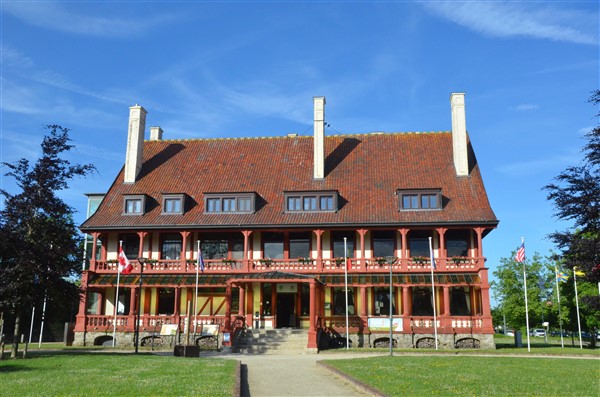
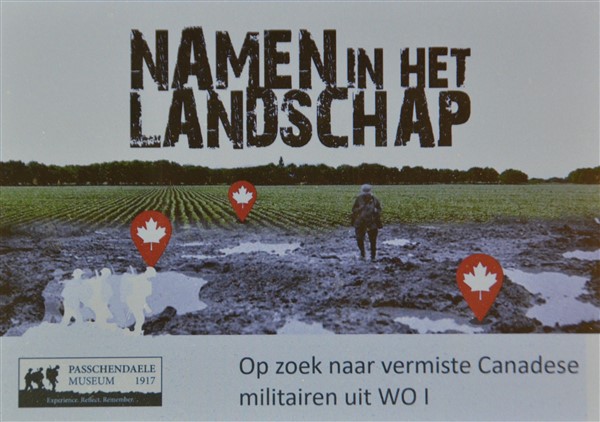
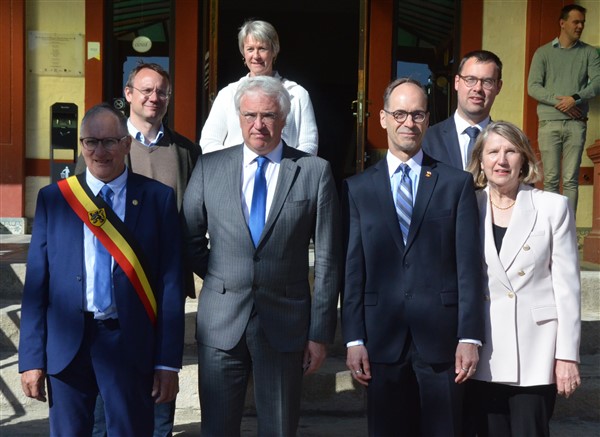
Welcome by Joachim Jonckheere, Chairman Passchendaele Museum
.jpg)
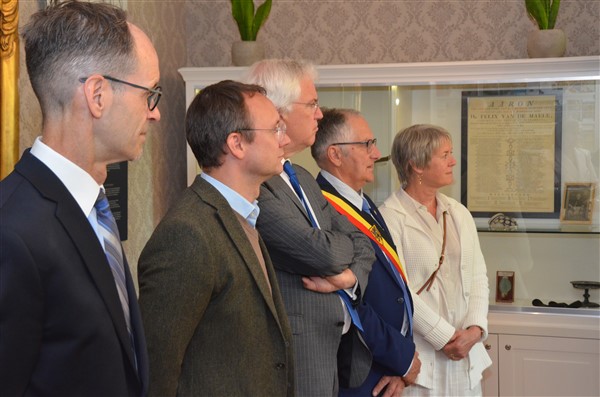
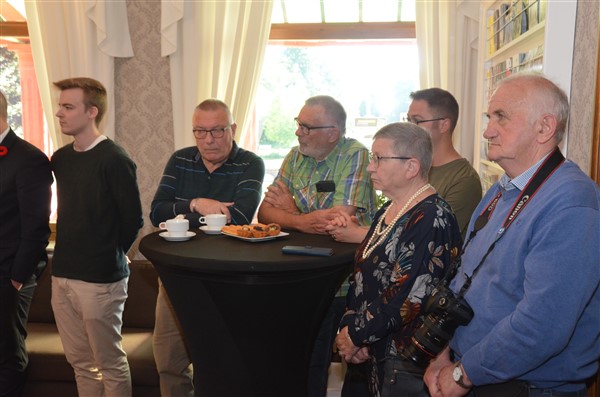
Historical information by Carl Decaluwé, Gouvernor of the Province of West-Flanders
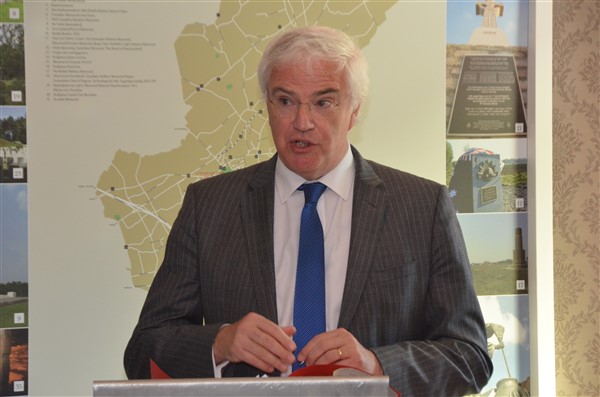
Joachim Pohlmann, head of the cabinet of Jan Jambon, Minister-president of the government of Flanders: "We are also supoorting this important project."
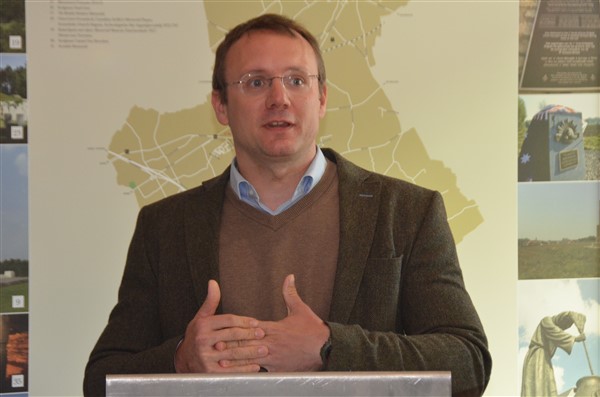
Canadian Ambassador to Belgium Alain Gendron
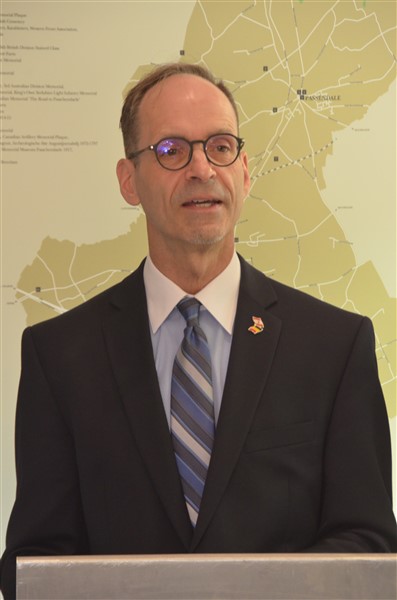
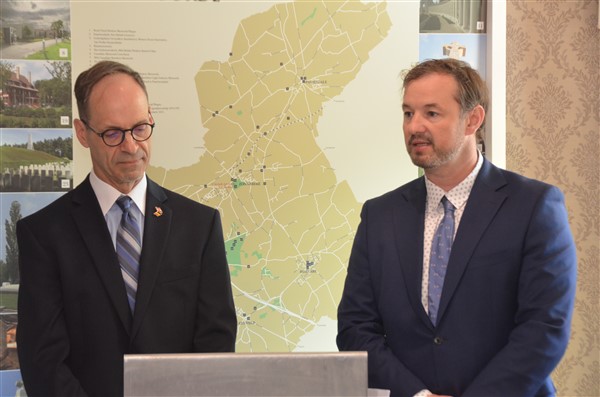
Presentation of the portal 'Names in the landscape' by Simon Augustyn, project responsible Passchendaele Museum.
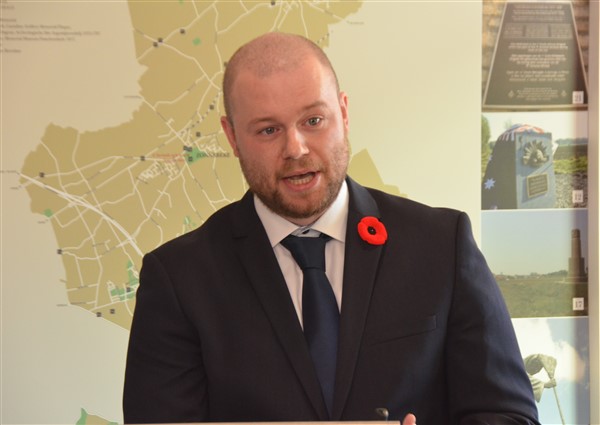
We then visited the field of soccer team FC Passendale where Canadian soldier Thomas McGregor Runham was originally buried.
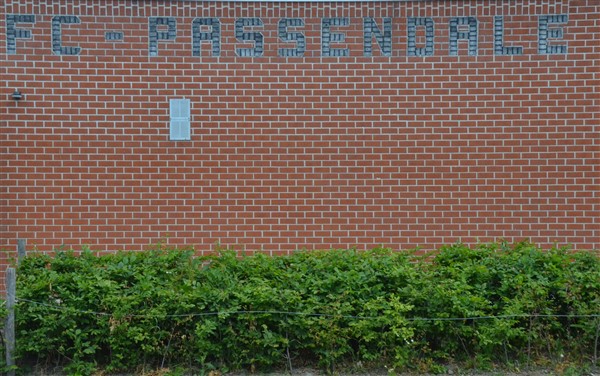
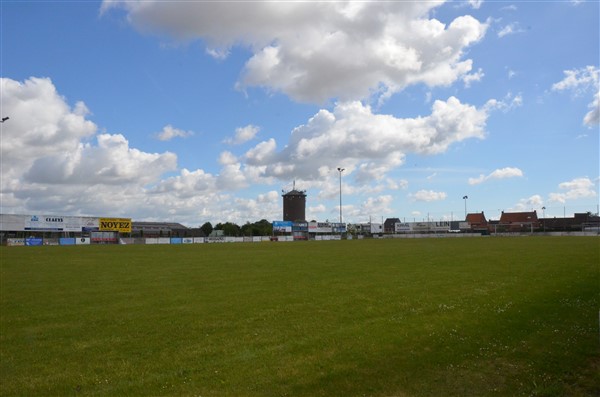
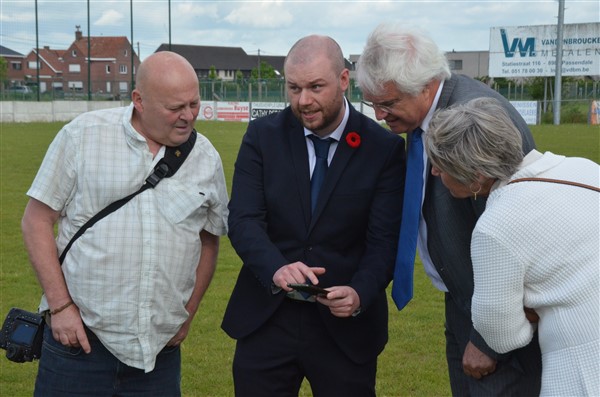
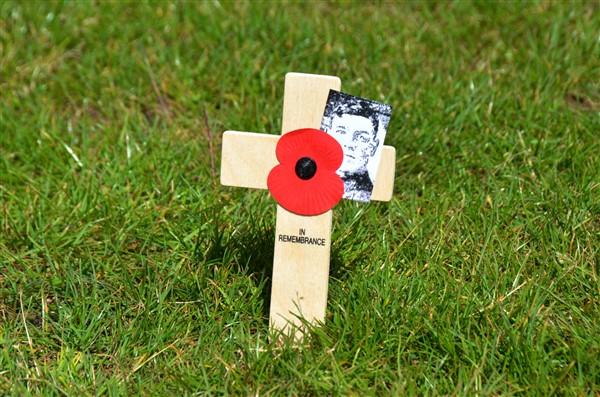
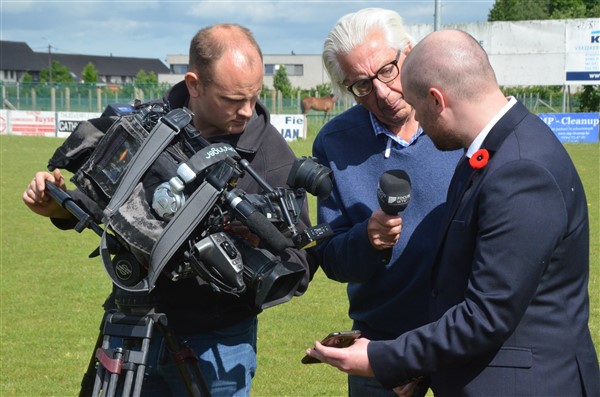
Presentation of the details of Thomas McGregor Runham, which will obtain a place in the canteen of FC Passendale.
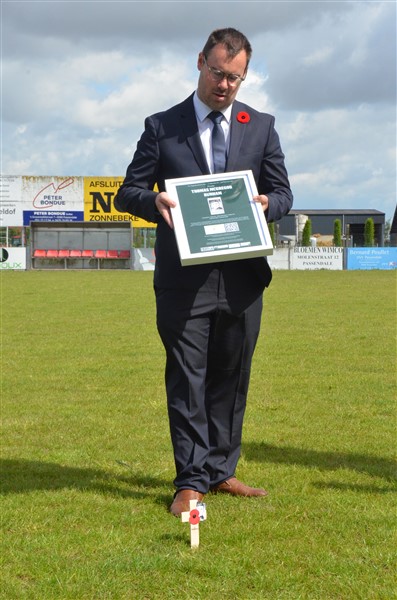
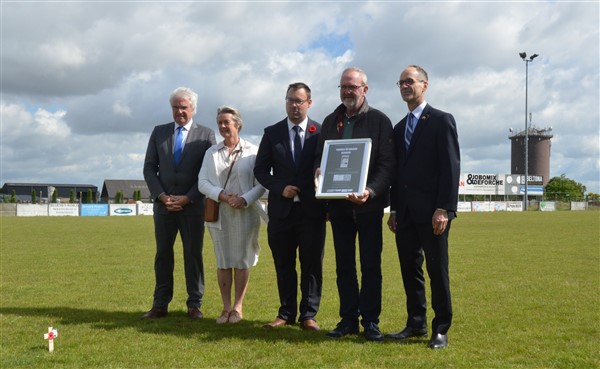
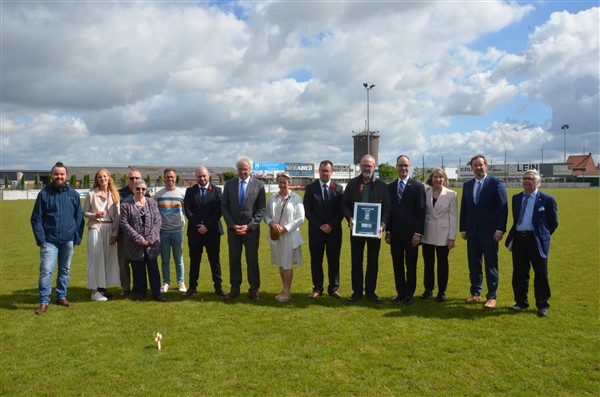
Page made by WO1.be / Greatwar.be.